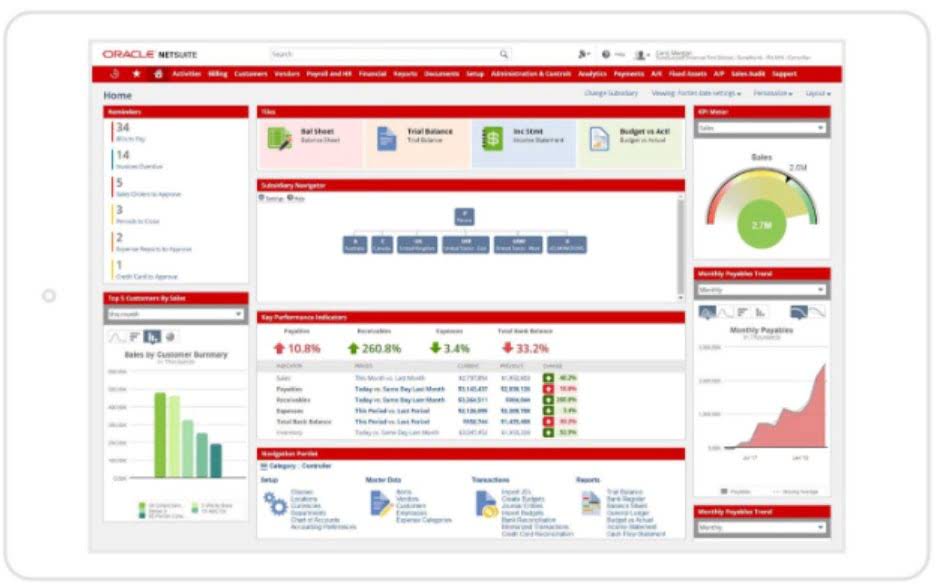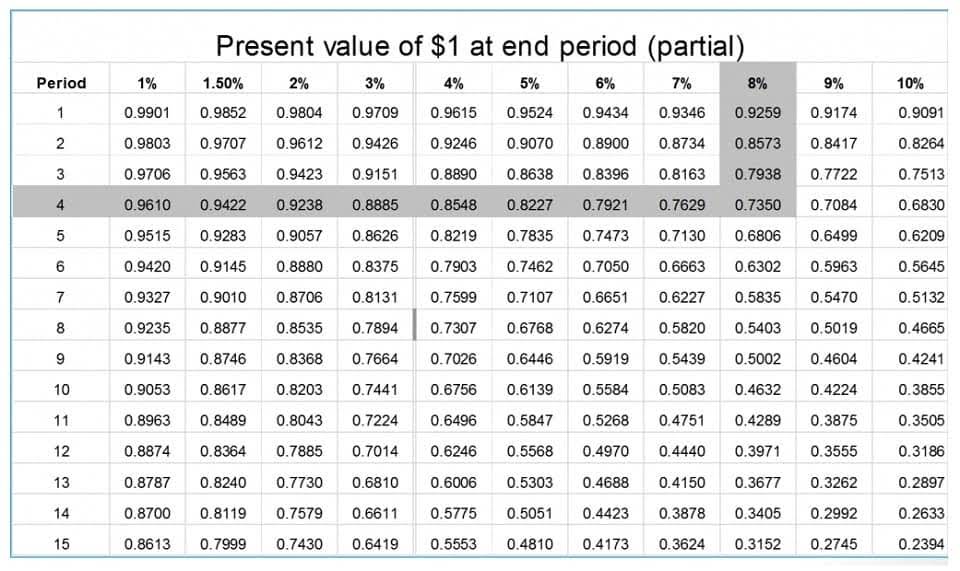Accounting Equation Questions & Answers

When one of these elements increases or decreases, it can indicate whether a company is becoming more or less financially healthy. To begin with, it doesn’t provide an analysis of how the business is operating.Furthermore, it doesn’t totally keep accounting mistakes from being made. In any event, when the balance sheet report adjusts itself, there is still a chance of a mistake that doesn’t include the accounting equation. Like any mathematical equation, the question content area the accounting equation may be expressed as accounting equation can be rearranged and expressed in terms of liabilities or owner’s equity instead of assets.
Assets = Liabilities + Owner’s equity

The components of the accounting equation are assets, liabilities, and shareholders’ equity. https://www.bookstime.com/ When the total assets of a business increase, then its total liabilities or owner’s equity also increase. The accounting equation’s left side represents everything a business has (assets), and the right side shows what a business owes to creditors and owners (liabilities and equity). The accounting equation can be used to track a company’s financial health by monitoring the changes in its assets, liabilities, and shareholders’ equity.
- So whatever the worth of assets and liabilities of a business are, the owners’ equity will always be the remaining amount (total assets MINUS total liabilities) that keeps the accounting equation in balance.
- As a result of this transaction, an asset (i.e., cash) increases by $10,000 while another asset ( i.e., merchandise) decreases by $9,000 (the original cost).
- This is how the accounting equation of Laura’s business looks like after incorporating the effects of all transactions at the end of month 1.
- The accounting equation can be used to track a company’s financial health by monitoring the changes in its assets, liabilities, and shareholders’ equity.
- The accounting equation connotes two equations that are basic and core to accrual accounting and double-entry accounting system.
- The articles and research support materials available on this site are educational and are not intended to be investment or tax advice.
Example: How to Calculate the Accounting Equation from Transactions
We may earn a commission when you click on a link or make a purchase through the links on our site. All of our content is based on objective analysis, and the opinions are our own. Accounting and Billing | Inventory Management | Insightful Business reports | GST Returns and reconciliation | Connected e-invoice & e-way bill solution | Cash and Credit Management| Security and user management. TallyPrime is a complete business management software to manage your business easily, faster, and efficiently. Mr Ram, a sole proprietor has the following transactions in his books of accounts for the year 2019.
- We need just a bit more info from you to direct your question to the right person.
- Before explaining what this means and why the accounting equation should always balance, let’s review the meaning of the terms assets, liabilities, and owners’ equity.
- The merchandise would decrease by $5,500 and owner’s equity would also decrease by the same amount.
- If a transaction is completely omitted from the accounting books, it will not unbalance the accounting equation.
- After answering all the questions, click the submit button to receive your results.
Why You Can Trust Finance Strategists

We follow strict ethical journalism practices, which includes presenting unbiased information and https://x.com/BooksTimeInc citing reliable, attributed resources. To determine the amount of Depreciation for a depreciable asset, subtract its Salvage Value from the original cost. Divide this amount by the number of years in the asset’s useful lifespan. Liabilities are settled over time through the transfer of economic benefits including money, goods, or services. We suggest that you try to answer each question yourself before clicking on the “See answer” button.

Do you own a business?

As a result of this transaction, an asset (i.e., cash) increases by $10,000 while another asset ( i.e., merchandise) decreases by $9,000 (the original cost). Take self-paced courses to master the fundamentals of finance and connect with like-minded individuals. This team of experts helps Finance Strategists maintain the highest level of accuracy and professionalism possible. In accounting, equity represents the amount of money that would be returned to a company’s shareholders if all of the assets were liquidated and all of the company’s debt was paid off. While trying to do this correlation, we can note that incomes or gains will increase owner’s equity and expenses, or losses will reduce it.
- For information pertaining to the registration status of 11 Financial, please contact the state securities regulators for those states in which 11 Financial maintains a registration filing.
- So, as long as you account for everything correctly, the accounting equation will always balance no matter how many transactions are involved.
- In accounting, equity represents the amount of money that would be returned to a company’s shareholders if all of the assets were liquidated and all of the company’s debt was paid off.
- Test your knowledge of the accounting equation by answering the 10 short questions given below.
- Our mission is to empower readers with the most factual and reliable financial information possible to help them make informed decisions for their individual needs.
- Our team of reviewers are established professionals with decades of experience in areas of personal finance and hold many advanced degrees and certifications.

0 comment